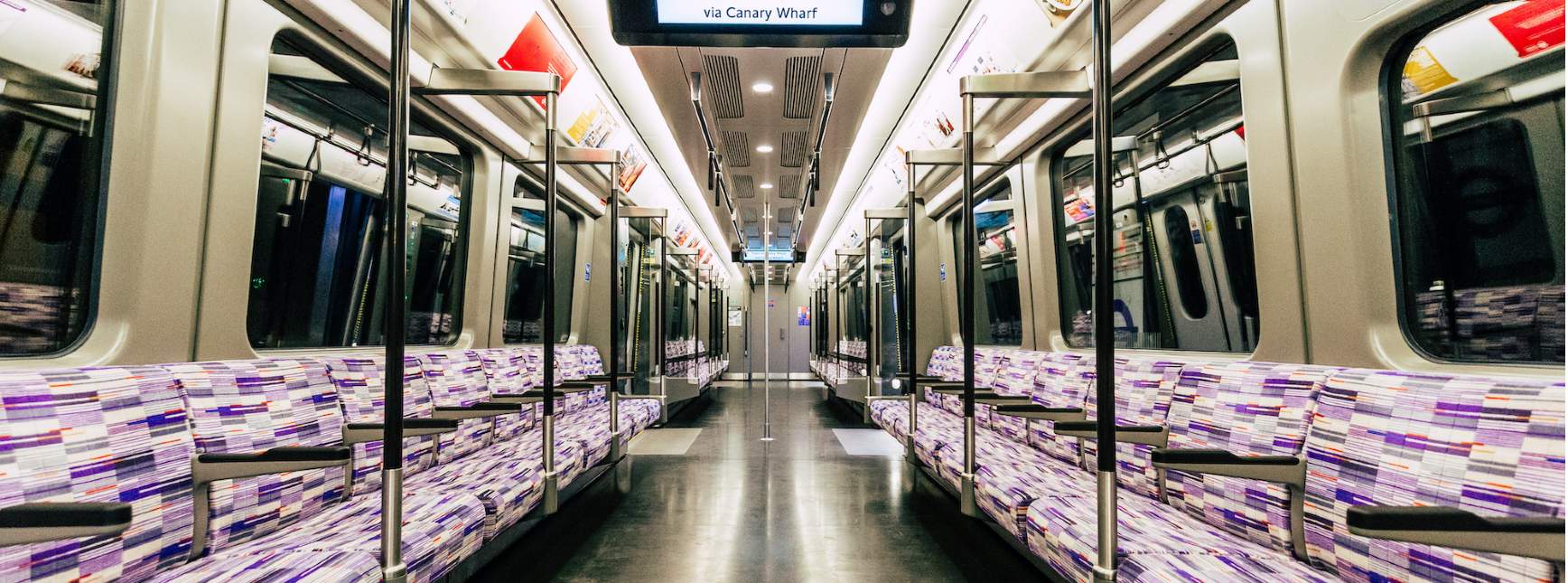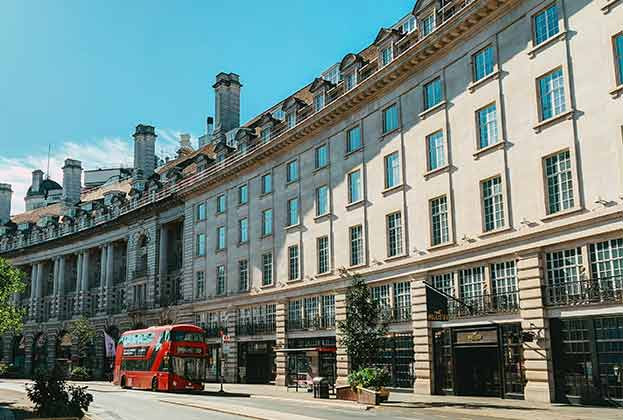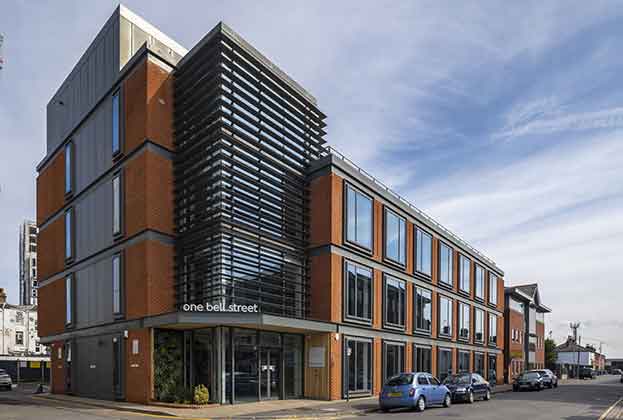On a day when the UK experiences another rail strike (Wednesday 5 October 2022), we should consider what good infrastructure and connectivity enables in a global city the size of London.
2022 has been a fairly momentous year for London in terms of infrastructure delivery with the opening of the much anticipated Elizabeth Line and the extension of the Northern Line to Nine Elms and Battersea. Transport infrastructure can drive productivity, economic growth and property development that in turn can make London feel smaller for those who live and work here.
The new Elizabeth Line makes areas such as Canada Water and Canary Wharf accessible from central London in minutes, helping to unlock them potential as destinations to live and work. Equally the new route is undoubtedly boosting more centrally located nodes along it, including Farringdon and Tottenham Court Road.
Without strong transport links, the revival of neglected pockets of London wouldn’t be possible. We talk increasingly about urban campuses within London’s offices market, sites rising from often neglected areas around the capital that, through considered master-planning, are reimagined into leading hubs to live, work and play.
Chiswick Park, a once derelict bus depot, is today a hugely successful business address with circa two million square feet of office space let to some of the biggest global corporate brands. Argent’s King’s Cross serves some 40,000 people who live, work and study on a vibrant open house address, where there had previously been mainly enclosed industrial uses.
Along with the right vision, the success of both of these campuses, and others – Broadgate, Canada Water, Battersea Power Station to name a few – is heavily weighted towards connection to the wider city and beyond, and the strength of transport links to enable easy access.
I’d wager this is as important as ever, if not more, post-pandemic when we are all much more aware of journey times. In office design, and conversations about the future workplace, ‘user’ happiness and satisfaction is at the heart of design, and the best connectivity and transport is paramount.
The emergence of urban campuses in London is a good thing for the city, encouraging ever more footloose occupiers away from core markets to inject vitality and inward investment into less popular postcodes. This not only makes our office market more interesting in providing a range of workspace buildings, price points and neighbourhoods, but in turn we see new leisure and cultural addresses emerge, as well as places favoured to live.
Cost is clearly an issue when ensuring we preserve London’s enviable transport system and allowing ongoing improvement. A hybrid working model does not fully support TfL, with lower footfall on Fridays and Mondays. On the flip side, London workers who are no longer required to be in the office five days a week can live further away, making the need for strong transport links critical to support new daily routines.
While a solution is not straightforward, it will require us to look at new ways of funding and investment, and as with other areas of our city centre renaissance, public and private partnership. Nevertheless, I urge London to recognise the importance of preserving our transport network.
Further information
Contact Catherine Owen
London offices: what's happening and where next in 2022





.jpg)

.jpg)
.jpg)

(1).jpg)